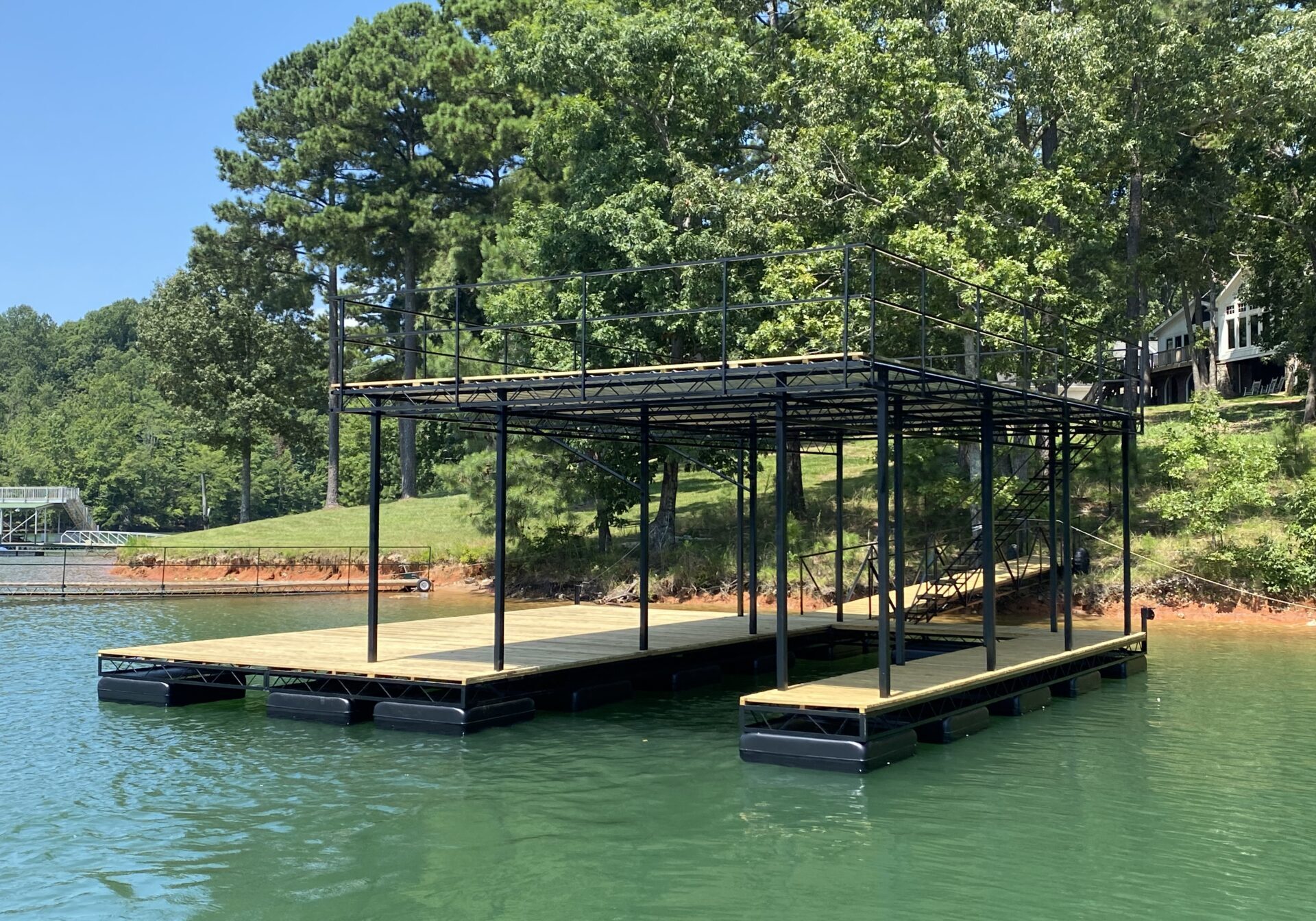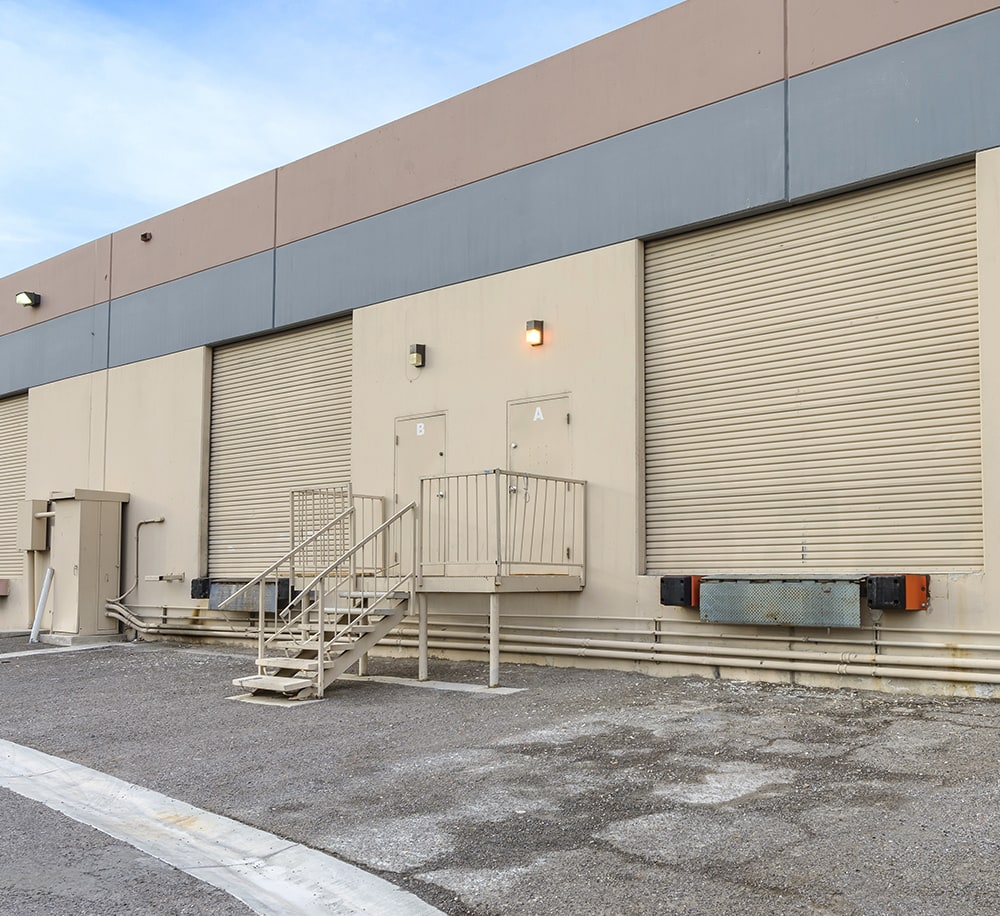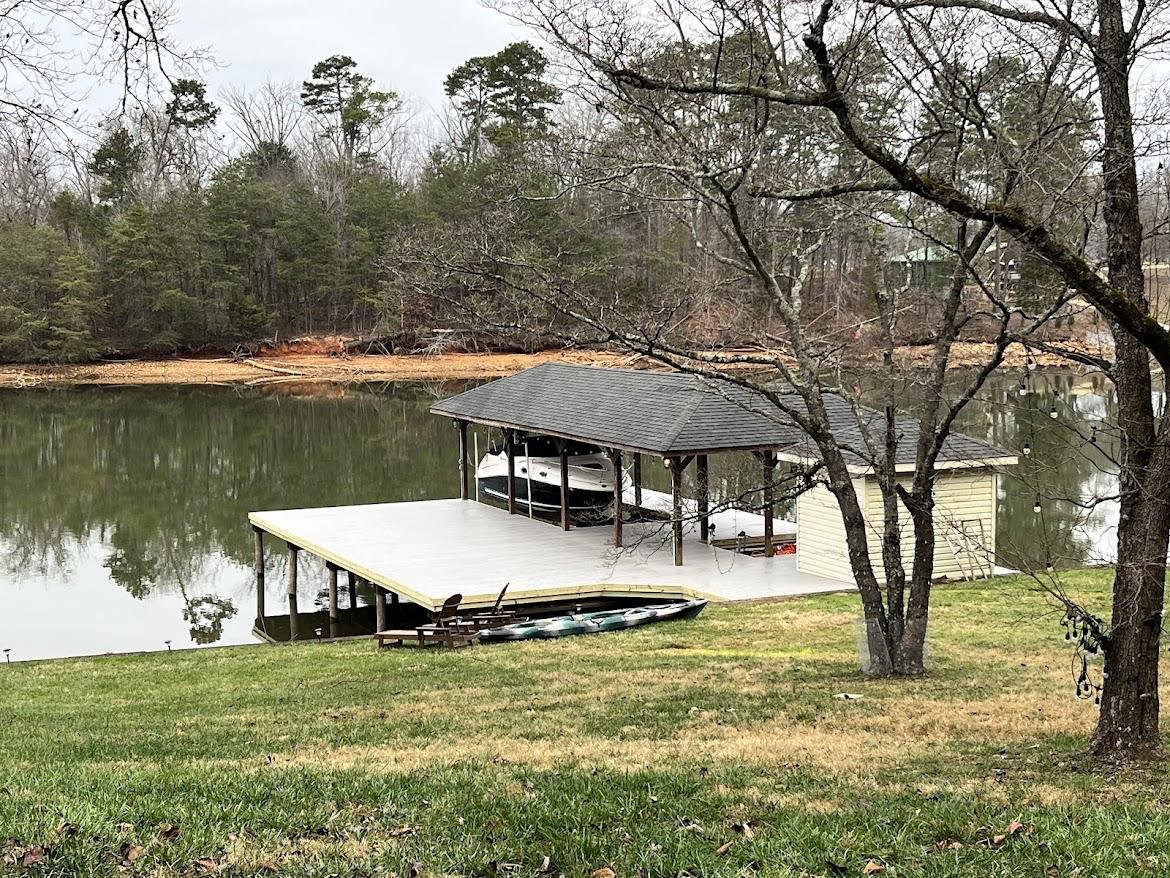Typical Concerns That Lead to Expensive Dock Repairs
Efficient Dock Repair Techniques: Making Sure Structural Integrity
Ensuring the structural stability of anchors with effective fixing strategies is critical for the long life and safety of marine centers. Consequently, choosing the appropriate repair service materials, such as composite materials and corrosion-resistant alloys, is important for longevity.
Analyzing Dock Damage
Examining dock damage is a crucial very first step in making certain the architectural honesty and safety and security of any type of docking facility. This initial evaluation involves a detailed evaluation to identify both noticeable and hidden problems. Key aspects to take a look at include the dock's foundation, pilings, decking, and hardware. Each component must be scrutinized for indications of wear, rot, deterioration, or other kinds of destruction that might jeopardize the structural honesty.
Structural designers or qualified inspectors commonly do these analyses utilizing specialized devices and methods. Underwater examinations could use sonar equipment or remotely ran vehicles (ROVs) to detect submerged damage. Over water, visual examinations are enhanced by using wetness meters and various other diagnostic tools to uncover underlying problems not instantly noticeable to the nude eye.

Choosing Repair Products
Choosing the suitable repair service products is a crucial action in the dock remediation procedure, one that straight affects the long life and performance of the fixed framework. Product option need to be driven by factors such as environmental problems, load-bearing demands, and compatibility with existing dock elements. Wood is a traditional option for docks due to its all-natural durability and aesthetic appeal. Picking the right kind of timber, such as pressure-treated lumber or normally rot-resistant varieties like cedar or teak, is critical to stand up to water settings.
Along with wood, composite products are progressively preferred because of their toughness and reduced maintenance needs. Composites, generally made from a blend of plastic and timber fibers, use excellent resistance to rot, insects, and UV damages. For steel anchors, choosing corrosion-resistant alloys such as galvanized steel or marine-grade light weight aluminum is necessary to protect against rust and make sure structural integrity in saline water problems.
Epoxy materials and marine-grade sealants are essential for repairing cracks and securing joints, offering a water resistant obstacle and boosting the dock's general strength. By carefully selecting premium materials, dock repairs can achieve long-lasting outcomes, thereby protecting versus future destruction and making certain secure, trusted usage.
Architectural Reinforcement Techniques
Reliable architectural support methods are critical in making sure the stability and longevity of dock fixings. This method is particularly reliable for docks exposed to hefty lots or extreme ecological problems.
An additional crucial technique is the application of fiber-reinforced polymers (FRP) These products provide high strength-to-weight ratios and excellent resistance to deterioration, making them excellent for enhancing concrete or wooden docks. FRP can be used in sheets or strips and bonded with epoxy materials to improve structural integrity.
Bracing and anchoring systems additionally play a vital role in architectural support. Cross-bracing, using metal or wooden beam of lights, can counteract lateral pressures, reducing persuading and activity. Anchoring systems, such as helical piers or driven stacks, provide a steady structure by transferring loads to deeper, extra stable dirt layers.
Finally, the integration of load-distribution plates can help disperse weight a lot more uniformly across the dock's surface area, minimizing local stress and discover here anxiety factors. These techniques jointly make sure that docks stay risk-free and durable, qualified of standing up to the rigors of their operational setting.
Advanced Repair Service Methods

One more sophisticated method involves undersea welding, which allows for repairs to be conducted without the requirement to dewater the area. This method is especially advantageous for attending to structural issues in immersed dock elements, ensuring marginal disruption to procedures. Boosted welding strategies, combined with robot systems, deliver accuracy and reliability, thus prolonging the lifespan of the dock.
Additionally, view it cathodic security systems are applied to prevent deterioration in metal dock frameworks. By making use of sacrificial anodes or pleased existing systems, these methods successfully mitigate the electrochemical procedures that cause product deterioration.
Finally, advanced monitoring modern technologies, such as architectural health and wellness tracking (SHM) systems, offer real-time information on the condition of dock structures. These systems make it possible for proactive maintenance and prompt treatments, eventually guaranteeing the lasting architectural integrity of the dock.
Upkeep and Avoidance
Upkeep and avoidance are essential ideas that underpin the long life and security of dock structures. Normal evaluations are extremely important, enabling very early detection of damage, potential weaknesses, and environmental influences. A proactive technique, involving regular checks for rust, rot, and architectural shifts, minimizes costly fixings and extends the dock's functional life.
Safety nets need to include applying protective finishes to steel components to protect versus rust and utilizing cured timber to withstand degeneration. Furthermore, making certain correct drainage and air flow can prevent water buildup, which is a common source of architectural deterioration. Integrating quality materials and adhering to maker standards throughout construction and repair stages additionally play vital roles in boosting sturdiness.

Training personnel in dock upkeep ideal techniques ensures constant application of safety nets. Leveraging technological advancements, such as drones for examinations and sensors for real-time tracking, can further improve maintenance initiatives. By prioritizing maintenance and avoidance, dock proprietors can make certain architectural integrity, functional safety and security, and economical monitoring over the dock's life-span.
Conclusion
In conclusion, preserving the structural stability of aquatic facilities demands thorough dock repair strategies. Advanced repair methods, combined with normal maintenance practices, make certain the dock stays operational and risk-free under diverse ecological conditions.
Guaranteeing the structural honesty of anchors through efficient repair strategies is extremely important for the longevity and security of aquatic centers.Selecting the proper visit this website repair work products is an essential step in the dock remediation procedure, one that straight affects the longevity and performance of the fixed structure.Reliable architectural reinforcement methods are critical in ensuring the stability and durability of dock repair work. By prioritizing maintenance and prevention, dock owners can ensure structural stability, functional safety, and cost-efficient management over the dock's life-span.
In verdict, maintaining the structural honesty of marine facilities necessitates thorough dock repair service strategies.